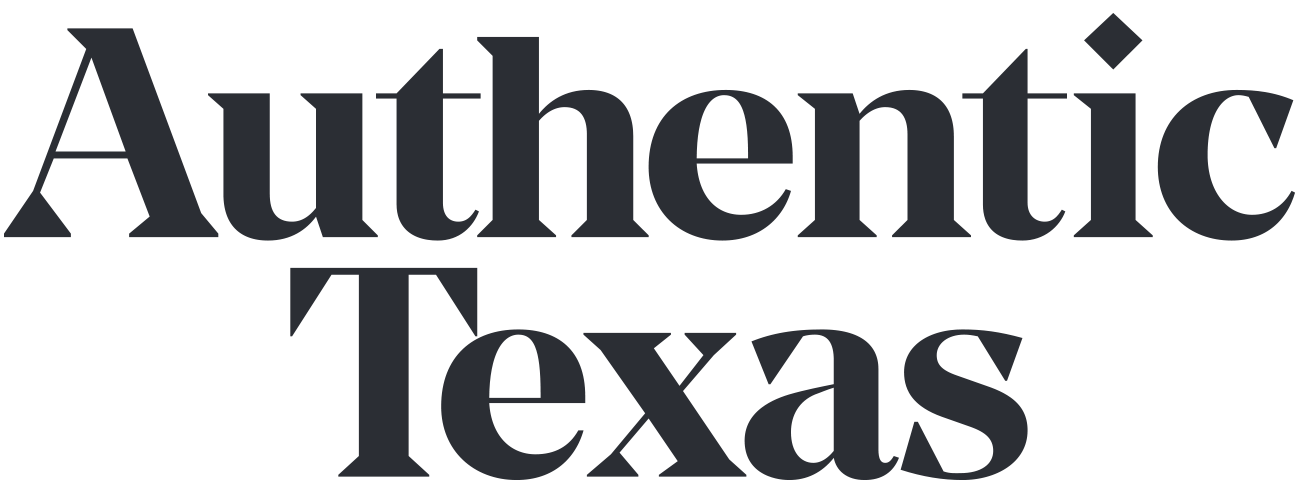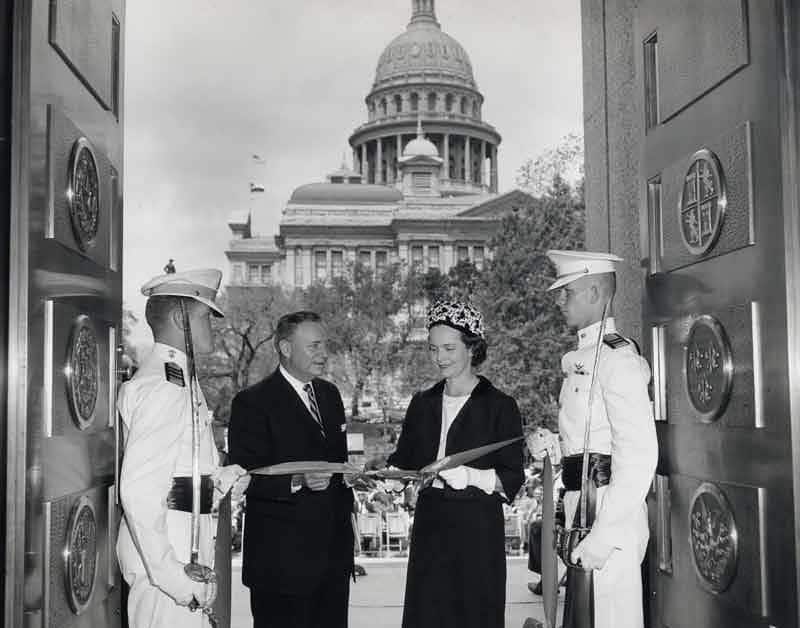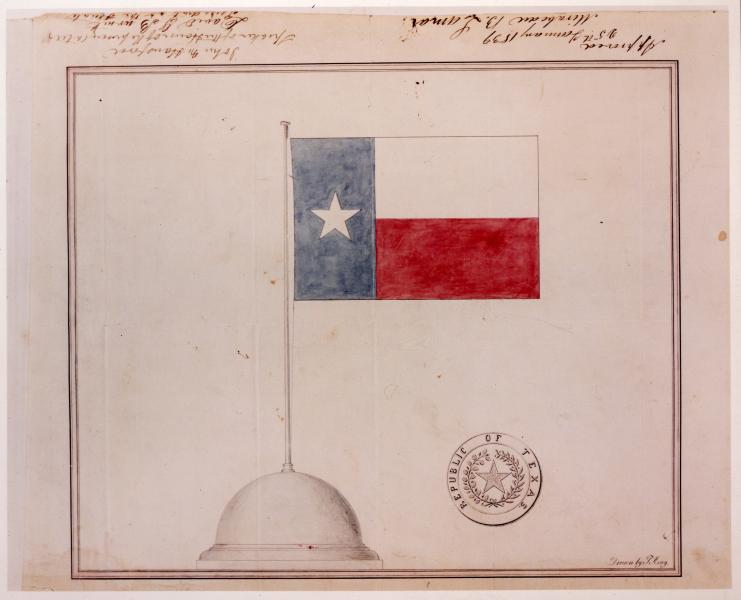The Texas State Library and Archives Commission (TSLAC) is a treasure waiting to be discovered. Since its official beginning in 1909, TSLAC has provided a destination for Texans with a passion for history. It has also filled a unique role in encouraging the development of libraries across the state, serving the reading needs of the blind and print disabled, safeguarding public records, and, through the Texas Center for the Book, promoting literacy and a love of books, reading, and library use for all Texans.
TSLAC, housed in a mid-century modern landmark building steps away from the east side of the Texas Capitol, opened in 1962 with enthusiastic support from Gov. Price Daniel. The State Library and Archives is a key resource for Texans working on family histories, as well as researchers delving into the millions of documents, manuscripts, photographs, and artifacts documenting the history of Texas from colonial times to the present. Among the vast holdings in the state archives are jewels such as Col. William B. Travis’s impassioned letter from the Alamo written Feb. 24, 1836; the Texas Declaration of Independence – both the handwritten and rare printed broadside versions; and Peter Krag’s original sketch for the Lone Star Flag of Texas from 1838.
Visitors to the building step through ornate brass doors into a gorgeous granite, limestone, and terrazzo lobby featuring “Texas Marches to Statehood,” a mural depicting Texas history completed in 1964 by the artist Peter Rogers. Rogers was newly arrived from England when he acquired the commission from his father-in-law, Peter Hurd, a noted painter of New Deal-era post office murals and the official portrait of President Lyndon Baines Johnson (which Johnson loathed, but which now hangs in the National Portrait Gallery). The extent of Rogers’ knowledge of Texas history was Lon Tinkle’s “Thirteen Days to Glory” (1958) which Rogers read at his parents’ kitchen table in the U.K. The resulting mural conveys that stirring, romantic view of Texas history.

History buffs will love the rotating lobby exhibits featuring choice selections from the archives, most recently, “Women’s Power, Women’s Vote,” commemorating the women’s suffrage movement. TSLAC is also one of only five sites in the state designated as a National Literary Landmark, an honor that was bestowed in a ceremony with former U.S. First Lady Laura Bush in 2009.
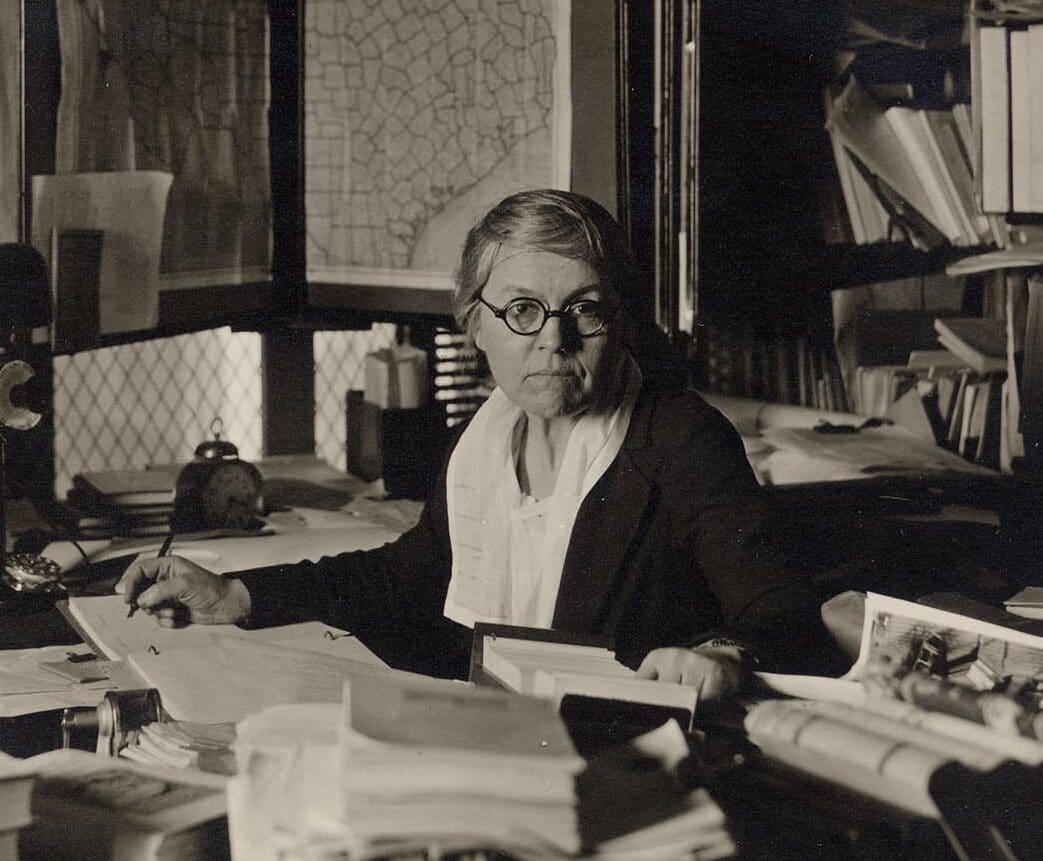
In addition to its immense research value to historians, genealogists and the general public, TSLAC also supports and encourages the work of local public, K-12, and college and university libraries across the state. This mission to improve library service for all Texans has been in the agency’s DNA since the 1910s. The creation of public libraries was a rallying cry, especially for women’s clubs which saw libraries as a democratizing key to individual advancement and social progress. Early State Librarians Ernest William Winkler and Elizabeth Howard West, the first woman to run a state agency in Texas, campaigned with missionary zeal to expand public library services across Texas. Both Winkler and West were also archivists, and West expanded the early agency’s services to include recorded books for the blind, a program that continues to exist in a thoroughly modern digital version today: the Texas Talking Book Program.
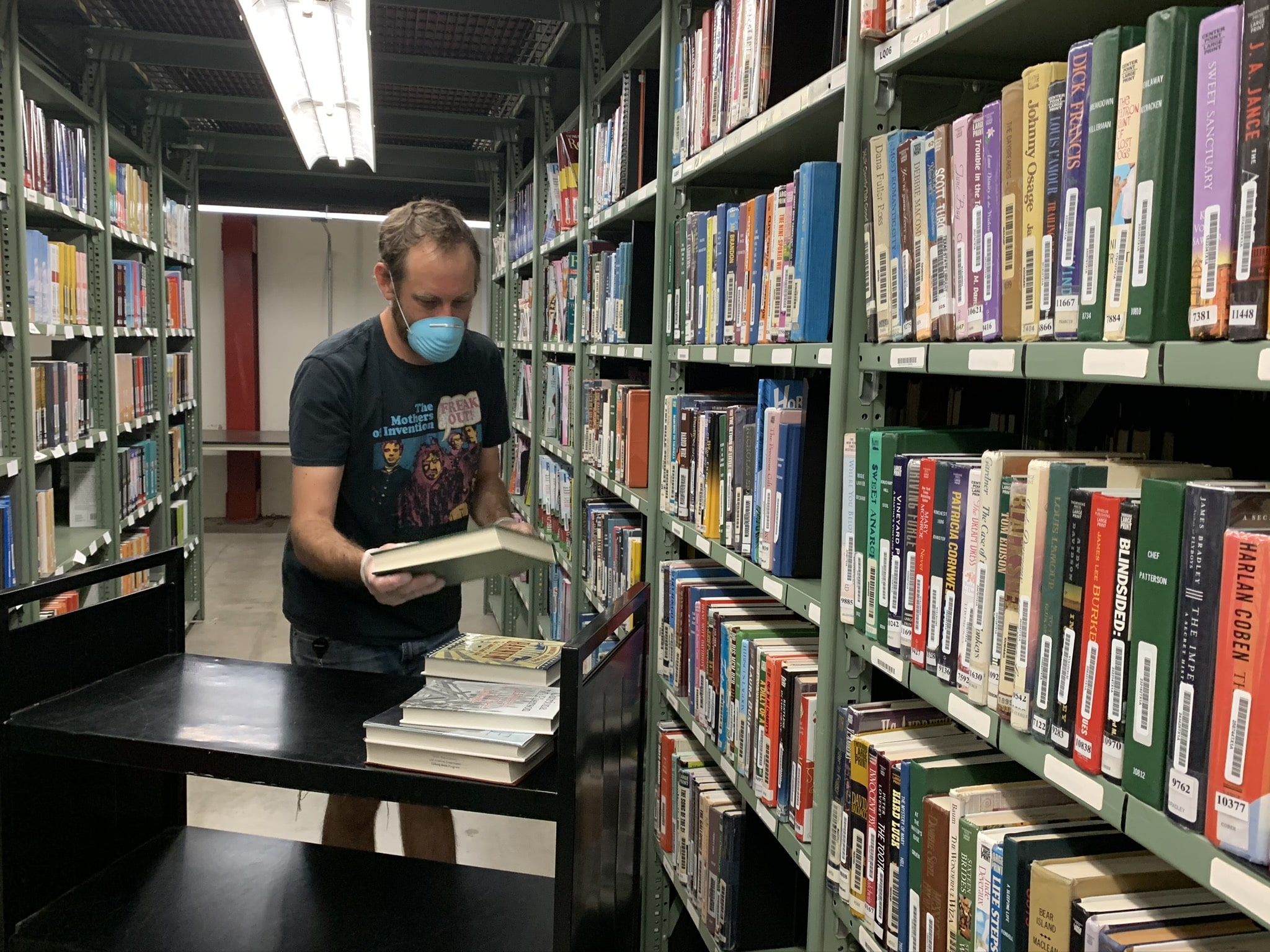
TSLAC supports libraries in many ways, including training librarians in management techniques and best practices, supporting the lending of books and other library materials between libraries, and encouraging the use of digital resources such as e-books and research materials for students, professionals and the general public.
During the ongoing COVID-19 pandemic, libraries have continued to demonstrate the many ways they are essential to their communities. While most libraries closed to walk-in use during the pandemic, many continued to offer services through a variety of creative approaches. Curbside pick-up of materials became a widespread alternative while doors were closed. Some libraries, such as the Georgetown Public Library, offered delivery service to city residents. Many libraries – often the only source of high-speed Internet for Texans if they do not have it at home – boosted their WiFi connections to allow greater access by customers sitting in library parking lots. The Pottsboro Library deployed a WiFi hotspot trailer in the parking lot of a local conference center to provide another point of drive-up access.
Some libraries pressed their 3-D printers into service making personal protective equipment for first responders in their communities. The Dustin Michael Sekula Memorial Library in Edinburg made face shields for the local fire department, while the Cleburne Public Library helped create more comfortable facemask buckles for more than 70 city police officers.
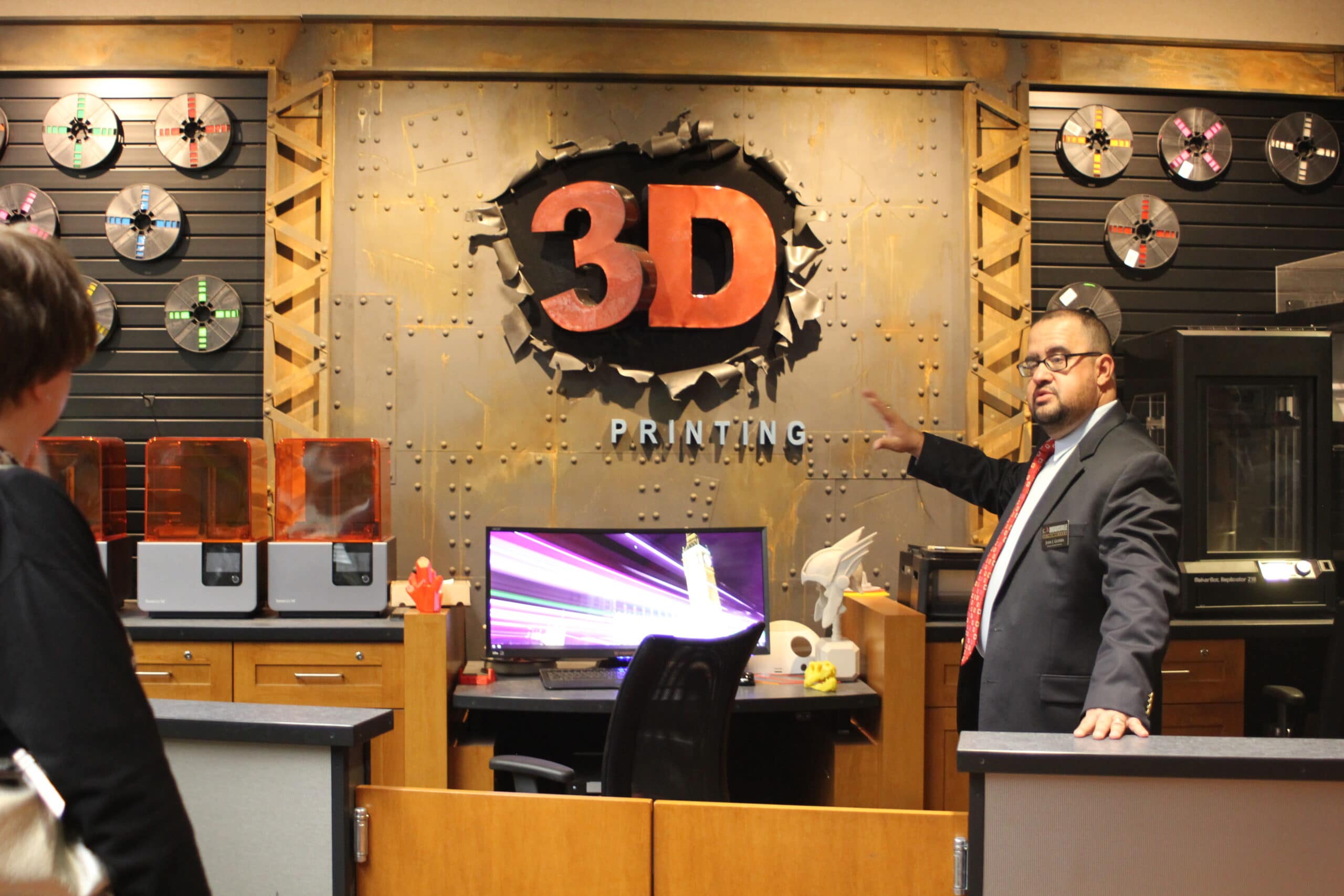
But by far the most common strategy used by libraries to engage patrons during the pandemic has been via online resources and services. Use of e-books and other online resources skyrocketed during the closure and many libraries either added resources or took advantage of offers by vendors of those materials to expand access.
TSLAC noted a sharp increase in the number of e-resources used through the statewide TexShare program serving public and academic libraries, and TexQuest serving K-12 students across Texas. More than 60 small community libraries across the state also added TSLAC’s new e-book program, E-Read Texas, to allow their patrons access to hundreds of e-book titles.
Online story hours and summer reading programs for children have also been wildly popular. Summer is a very busy time in most public libraries in Texas because of robust participation in programs designed to keep kids reading through the hot months. The pandemic hit just as libraries were set to roll out their summer reading plans. Always resilient and nimble, librarians in large and small towns across the state bridged that gap by providing children access to online summer reading programs. From the Marathon County Public Library in far West Texas to the Plano Public Library to the San Antonio Independent School District’s Online Book Clubs, librarians went online to offer many creative ways to engage young readers.
School libraries also played a key role in helping their districts keep students connected with learning during the closure of all public-school campuses in Texas. The Leander Independent School District is typical, offering a wide array of online resources and services.
Some libraries are starting to reopen, while others may be closed for a few more weeks. One day soon, however, the libraries of Texas will return to their pre-pandemic operations. At that time, library lovers of all ages will be able to rediscover this wonderful resource.
Texans traveling the state will find many libraries in big cities and small towns that are well worth driving out of the way to visit. Consider the following destination libraries for starters:
The Austin Public Central Library was designated one of Time Magazine’s “100 greatest places in the world to visit” in 2018. Designed by San Antonio-based Lake Flato Architects and Shepley Bulfinch Architects of Boston, this stunning library integrates comfortable outdoor gardens, copious natural light flooding every corner of the building, and many fun and interesting surprises. Austin’s Central Library is one of the must-see urban libraries in the U.S.
In West Texas, the Midland Centennial Library revived the Midland County Library from the brink of a near-closure to the pride of the city and county. Visitors flock to Centennial to enjoy the path through the rain forest, kids crawl through secret passages into the children’s room, teens use the latest technology in a space all their own, and readers seeking a more traditional library setting enjoy a quiet and formal reading room that is comfy and soundproofed.
In Brownsville, the city has created a destination experience for Valley residents with services that expand the traditional role of the library, such as the Exploration Theater and Planetarium, weekly movie screenings, and a full-service cafe.
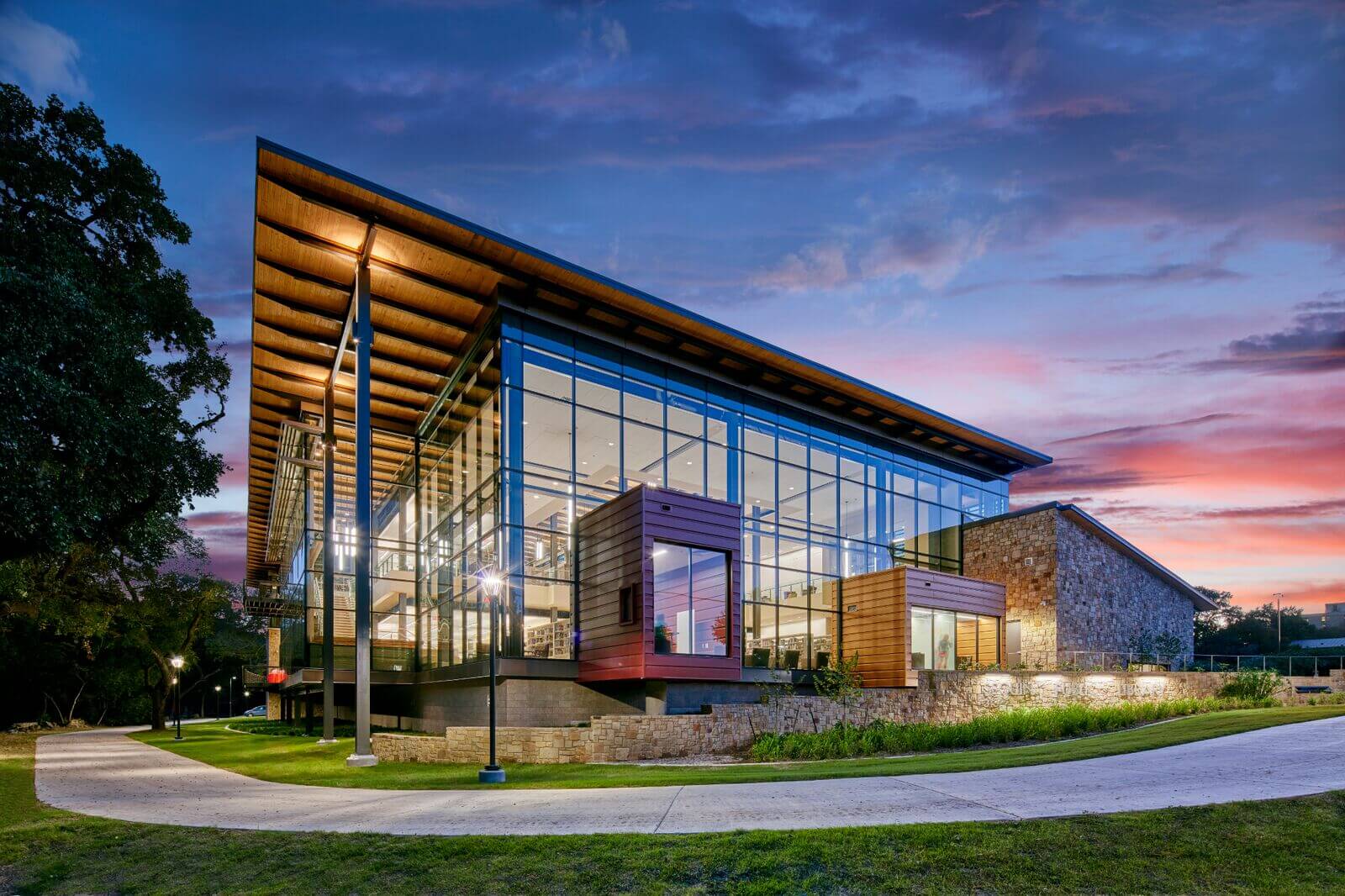
The Seguin Public Library (above) is an architectural jewel, completed by PGAL Architects in 2016, that uses unusual building materials and dazzling modern design elements to create harmonious spaces that make visitors want to linger with a good book.
McAllen Public Library Director Kate Horan supervised the conversion of a former big-box retail store into a library that offers contemporary services in an exciting design that encourages visitors to wander the huge space without feeling overwhelmed.
Libraries have reinvented themselves in the early 21st century to be community hubs for education, workforce development, technology, and community sustainability. The Texas State Library and Archives Commission as well as libraries across the state welcome millions of customers each day to discover contemporary services with deep roots in Texas history.
Texas State Library and Archives
1201 Brazos St.
Austin, TX 78701
(512) 463-5455
tsl.texas.gov/

